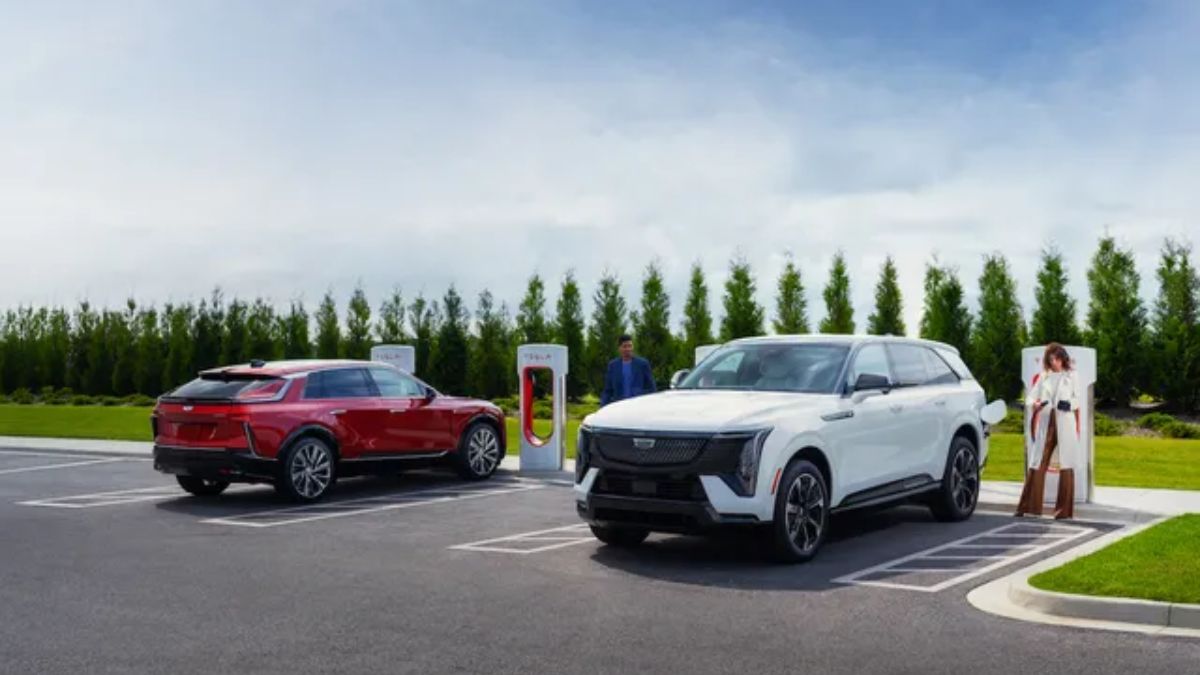 Image Credits-GM
Image Credits-GM
Advertisement
In a landmark shift for the electric vehicle (EV) landscape, General Motors (GM) announced that drivers of its electric Chevys, Cadillacs, and GMCs will soon be able to access Tesla’s expansive Supercharger network using adapters. The move marks a significant step toward greater compatibility among competing EV brands, but it won’t come without a cost—GM drivers will need to purchase adapters to use the charging stations.
Tesla’s Supercharger network, which has been a major selling point for its own vehicles, is known for its widespread availability and rapid charging capabilities. While GM has its own network of charging stations, the ability to tap into Tesla’s well-established infrastructure could provide a major convenience for GM EV owners, particularly in areas where other charging options are limited.
GM confirmed that the adapter, which will be required to connect to Tesla’s proprietary Superchargers, will not be provided for free. Instead, users will need to purchase it separately. This is in line with Tesla’s push to open up its charging network to non-Tesla vehicles, a strategy that started earlier this year with partnerships and technical solutions for various automakers.
“This is a big win for EV drivers and signals the industry’s shift toward more collaborative, open systems,” said Jessica Caldwell, an analyst at Edmunds. “GM’s ability to use Tesla’s network could be a deciding factor for potential buyers of non-Tesla EVs.”
Despite the additional cost, the move could accelerate the adoption of electric vehicles by easing the burden on drivers worried about charging access. GM and Tesla’s cooperation also highlights a growing trend in the EV industry: collaboration between rival automakers to create a more integrated and accessible charging infrastructure.
